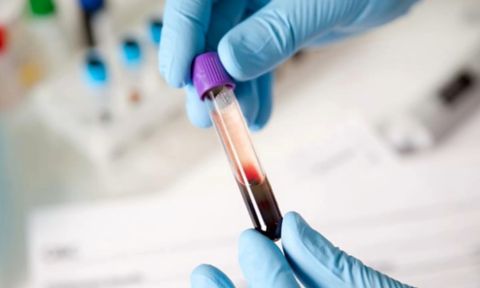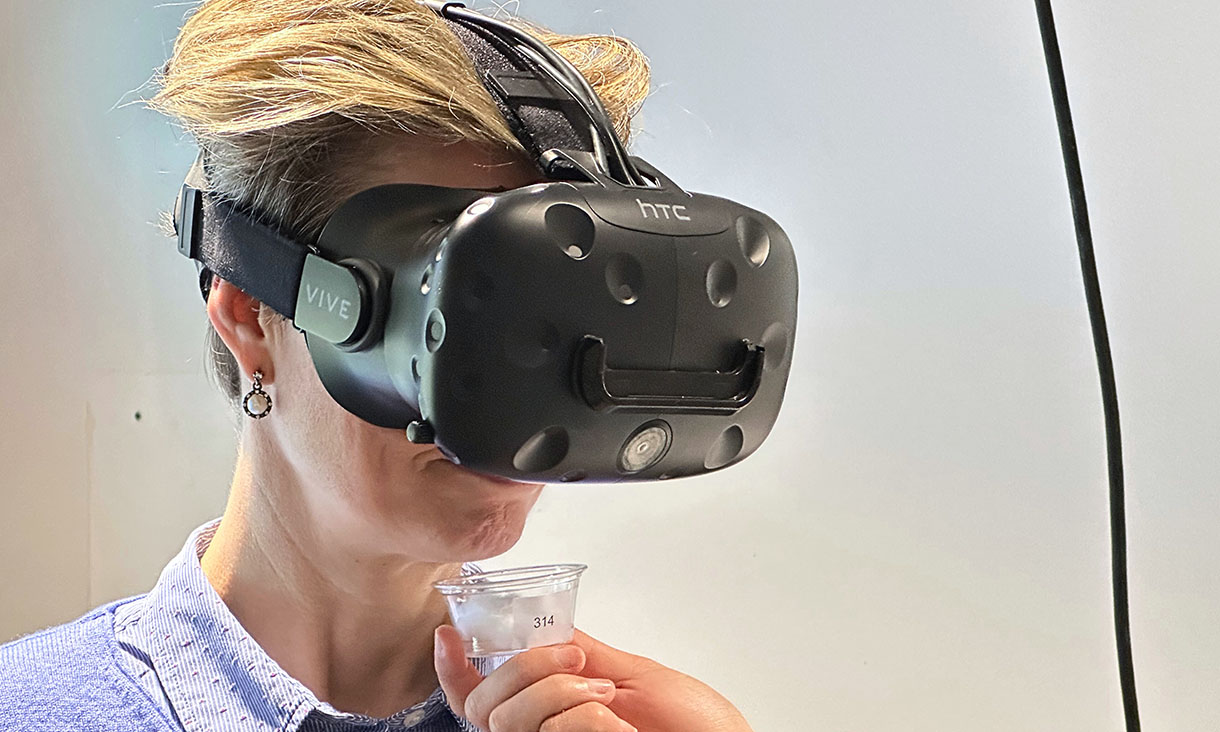A different approach
Borg heads the Immunity and Immune Evasion Laboratory at RMIT, part of the Chronic Inflammatory and Infectious Diseases research program in the School of Health and Biomedical Sciences.
Viral pathogens are a key focus for the team, with their work spanning basic research to understand the fundamentals of viral infection to translating new knowledge into clinical treatments.
Anti-viral treatments that target viral proteins are prone to resistance and failure over time, as viruses adapt and mutate.
So the lab takes a different approach, avoiding the problem of drug resistance by looking instead at proteins in the human body that viruses exploit.
“A virus needs the protein machinery in our cells to replicate and survive,” Borg says.
“Their viral proteins target ours. We want to understand which ones they hijack, which ones they block and which ones are essential to virus survival.
“If a particular human protein turns out to be essential to the life cycle of a virus, you can try to temporarily block it from working, so the virus can’t use it anymore – and that means it can’t survive.”
Outwit and outlast
Viral proteins use various tricks to enter our cells, hijack our cell machinery and outwit our immune system.
They can hijack our proteins to help themselves enter our cells, replicate and survive; hide from the proteins in our body that would flag them as threats, to raise an immune response; and lock the action of proteins that would trigger direct action by our immune system.
Any single virus will have a range of weapons in its armory. COVID-19, for example, has a large genome that encodes multiple proteins that work in a concerted effort to enable the virus to replicate.
“We can’t target every one of those weapons so we’re always searching for the Achilles’ heel of a virus, the key proteins that are vital to their survival,” Borg says.






